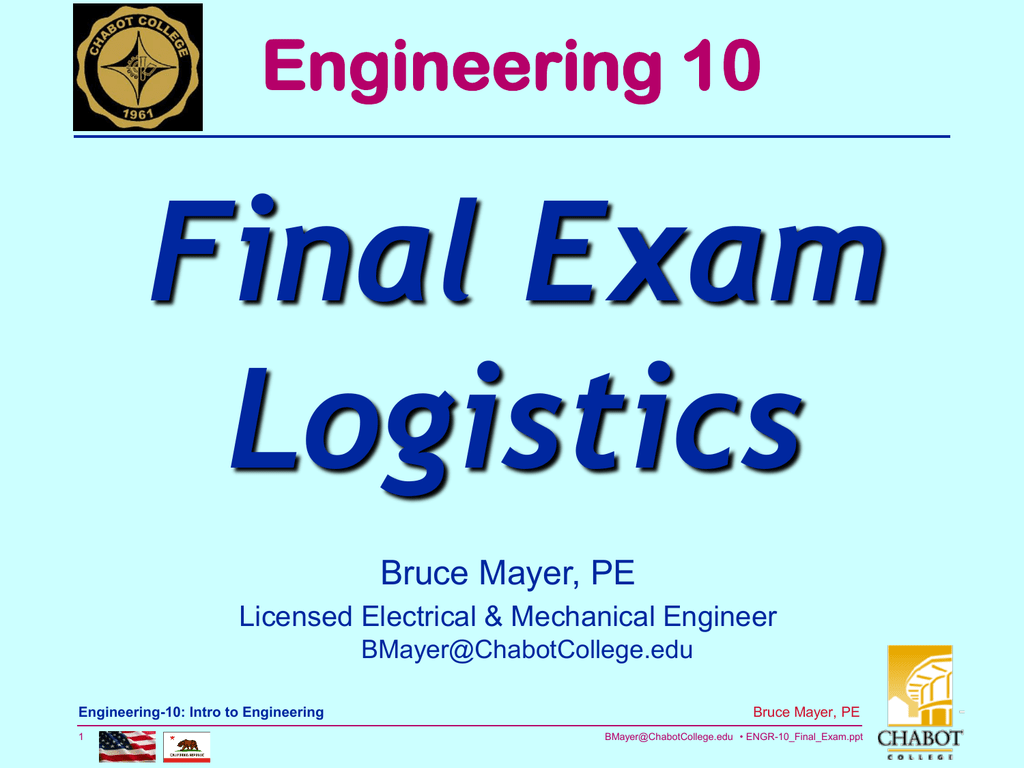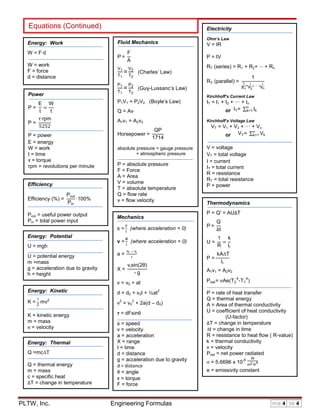

The graph may actually exist somewhere but combined with other differences in nomenclature and lack of references, it is hard to judge what is current and whether it will be a waste of time hunting down data that may or may not exist. It would have been greatly advantageous to refer to the actual section where these are located. However, there are friction loss tables for standard weight steel pipe. Use the graph for standard Schedule 40 pipe."Īs far as I can tell, this chapter and graph does not exist in the current NCEES handbook. The solution to problem 61 makes several incorrect statements about the NCEES handbook: "Navigate to the Pipe Sizing chapter and find the graph that plots Head Loss as a function of flow rate and pipe size. This was just a unit conversion to get you exposed to the other common way W is presentedĤ. Now you have relative humidity so use this equation. The enthalpy values and wet bulb values line up pretty well.

The enthalpy of 20.3 F air at saturation = 7.206 Btu/lbm The enthalpy of 30 F air at dry air = 7.206 Btu/lbm The way you can do this is with the Psych Table. There is an equation for this, but it isn't presented in the handbook. The key is to find the relative humidity. [This actually is a trick and I wanted people to be able to use the psych table. Solutions will use data that cannot be found or derived accurately using the handbook, such as the humidity ratio of 30F db / 27F wb air. I also use 1.08 in my work, however using this coefficient will result in wrong answers in the official NCEES practice test.

In the sensible heat gain formula at standard conditions, NCEES uses a coefficient of 1.1, while your exam uses 1.08. The exam uses nomenclature and formulas that deviate from the handbook. The solutions rarely if ever reference specific locations in the PE Handbook. But you can also just email me and I can quickly provide to you the reference in the handbook.ġ. Here is a recent email I received from someone about a similar issue and my response in brackets. But I still think it is important that you understand the concepts behind the sizing of an expansion tank. You can get 24/7 customer support.There are certain equations that can't be found in the NCEES Mechanical Reference Handbook like the expansion tank equation. Please provide your comments about our products and services. Due to digital documents, all sales are final and non-refundable. We will provide a downloadable link for you.
Pe exam civil engineering formulas pdf#
If you have any difficulties downloading the pdf format after purchasing the products, please feel free to: EMAIL US. These are digital products and are in a downloadable pdf format. If you have difficulties with the download, please e-mail or call us at Ph: 67. Math formula is the king of every engineering branches here is some list of math formula which are commonly use in civil engineering fields. After payment, please check for a downloadable link.
Pe exam civil engineering formulas download#
Notes: Before you buy, you can download a free sample of each book. This website also provides additional free materials that will further enhance your preparation. The problems use a combination of International System (SI) units and US Customary System (USCS) units. The practice problems that have been presented are based on the NCEES standard format. €‹PE Civil Exam has created three individual E-books that give you practice problems that are very similar to the real exam.


 0 kommentar(er)
0 kommentar(er)
